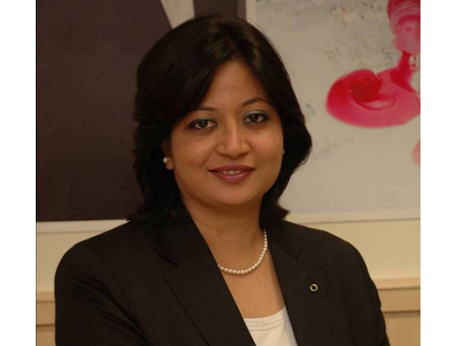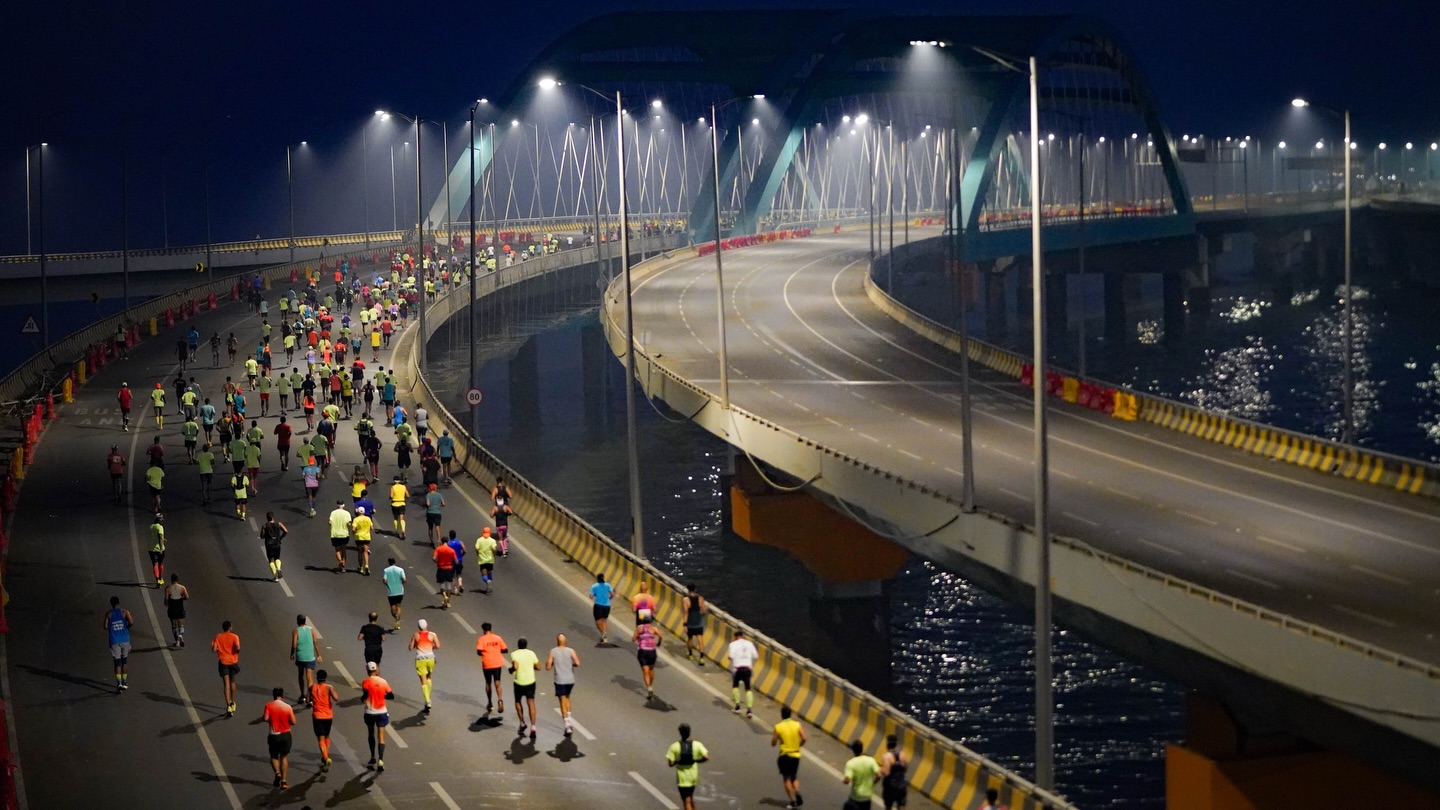In June 2013, Oriflame had mentioned it is eyeing 25 pc y-o-y growth over ‘the next five years’. It was also said that you were looking to double revenue by 2016. How has that shaped up till date?
Last year we had a higher double digit growth which is evidence of us being in line with our plans. And 2016 is when we plan to reach our Rs 1000-crore mark in sales revenue.
The company was also planning to launch certain products, including shampoo and skin care products, especially for the Indian market. Which are the products launched since June 2013, and how have they fared? What is their contribution (even as a percentage of the total) to sales?
In the Indian portfolio we have 500 products under five major product categories. Biggest category is skin care for Oriflame and especially for Oriflame India. A number of new products launched tend to fall under the colour cosmetics category simply because of the nature of the category and the receptive market it finds in India. This year we are looking at five big launches, the previous ones having been very successful.
About how our launches have fared, the Indian customer’s choices have evolved to match that of our consumers in the global market. Being a European brand, we import a lot of products from our global portfolio into India and we’re seeing that people are demanding higher performance ranges which we do deliver on.
You were reported to have 2.5 lakh consultants in India in June 2013. What is this count as of today?
Our force of 2.5 lakh consultants is an average number which keeps on increasing. This statistic is of the number of people who place an order at least once in three months so if we were to look at the real strength of this force the number would be huge.
What are the marketing challenges specific to the direct selling model? What is the role of advertising and how is it different to a traditional selling (retail) model?
The challenges would be in terms of the changing expectations of the consumer. If we look at a typical Indian consumer, they want the best quality at the best rates and the advantage that we have at Oriflame is that this match can only happen when we as a company are able to give personalised advice to our consumers. You can’t expect people to go into the market and pick up a Rs 2,000 product. Only a friend, a relative or a person you trust can be able to give you the advice of whether a product is suitable for you or not.
Conventional advertising doesn’t work for us. Usually, a consumer will see an advertisement and go to the store and ask for the product. For us, probably the need wasn’t there in the first place.
I don’t think we can ignore TV advertising - looking at the sheer size of the Indian population we do need to attract people at all levels. Even in the case of our catalogue, it is effective only if it reaches people.
We are looking into the demands of consumers and the need to reach out. It is very important that before you go out and advertise you make your channels ready to supply the product. That is what our people are doing. Currently, we’ve done hoardings, magazine inserts etc. so we have increased our portfolio and communicated the same. Because our channels of delivery are different to our competitors’, it is not realistic to compare one with the other on any one parameter.
Oriflame is readily associated with beauty. What is the contribution of other categories (including heath and wellness) to sales in India and globally? Which categories can we see being launched in India in the near future?
Globally, it is a complete portfolio of health and wellness. Obviously, when something is in the global portfolio, we do look at opportunities for the same in the Indian market. Products that we currently have were once part of our global portfolio and have now found a place here.
The cosmetics category has been with us for 40-odd years and is a well-established category but the health and wellness portfolio is relatively new. So we cannot expect the percentage to be very high as of now. The health and wellness category hasn’t been launched in all the countries we operate in, so it’s not possible to share percentages. In the markets this category is present in, health and wellness might be 10 per cent in one and 15 per cent in another.
We are not looking at launching any new ‘categories’ as all the things we launch would fall under categories that already exist. I would go further and say that we are we are not yet done launching all the products in the existing categories.
Having said that, men’s products segment is what we’re very consciously developing and that is where we see great opportunity. The range for men can obviously not compare because for a woman, within lipsticks she may have multiple options whereas if a man needs a facewash he has no option except the one facewash being offered per company.
Which are the agencies Oriflame works with in India (you tied up Ignitee some time ago)?
We have agencies that have been with us for quite some time but there is a lot of internal strategising that takes place and then it goes a step ahead with the agencies. The agencies that we are currently working with are OM Logic as our digital agency and Starcom Mediavest as our media agency.
Direct selling companies like Amway have taken to TV. Oriflame hasn’t, and you have also spelt out why. Today there are ad channels on DTH; service providers like SureWaves and Amagi. With targeting possible on TV today, do you see the option being viable?
May be. To say that we will not be looking at a particular medium of communication is incorrect. Globally, there isn’t a single medium that we haven’t utilised at the right time with the right kind of message. We are taking steps towards it and in the future we don’t doubt that we would be looking at those channels in India as well.
On digital, FMCG players have taken a leap with content and engagement properties. What has been Oriflame’s approach to RoI on digital spends? Is there a linkage to sales and what has the RoI been so far on specific properties?
We have a very different way of focusing our digital spends. Our promotional strategies work on may be one, two, three or four levels owing to how different our model is compared to others.
For us, getting word out on something depends as much on our consultants as on any other medium. And when you have a system such as this your RoI will always be greater.
Direct selling companies have had their share of worries with authorities. Has Oriflame had any such issues in India?
We want laws, we demand clarifications when needed, so that organisations like ours can work more smoothly and keep providing opportunities to people.




